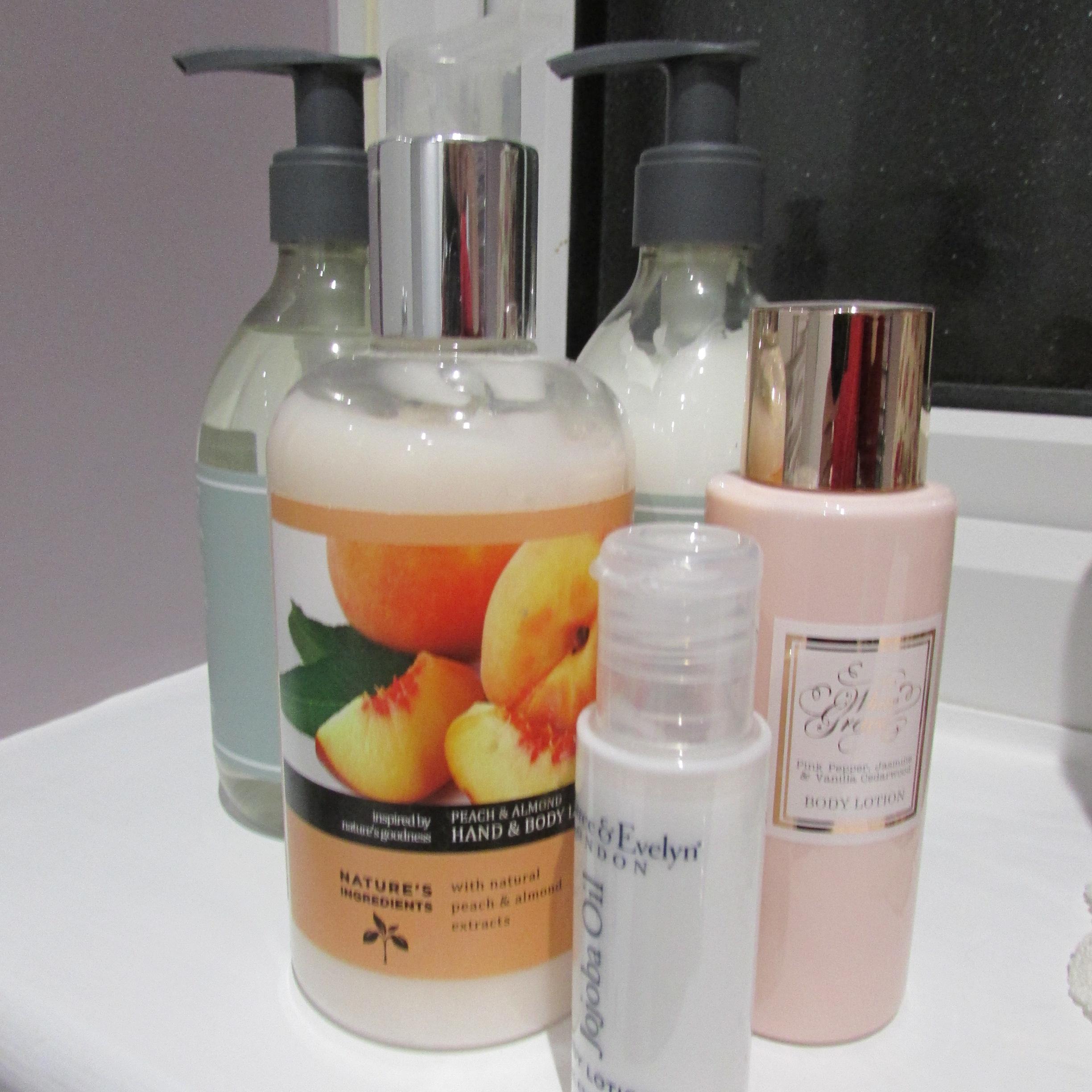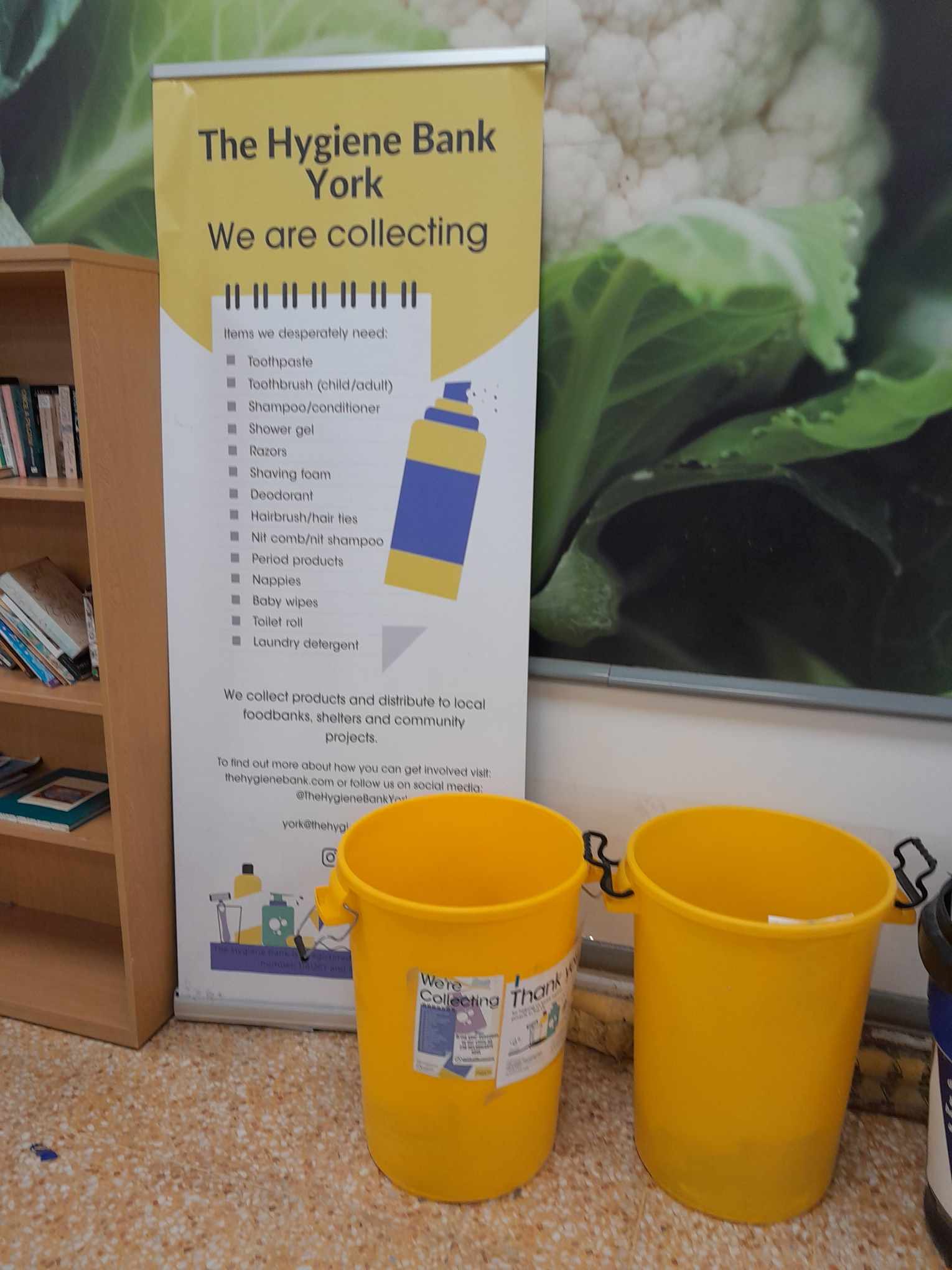
Become a rainbow friend - 2024

Trauma Teddies
Can you knit?
Do you have lots of oddments of wool that you don't know what to do with?
Then consider knitting a tiny teddy to help a child in need.
Do you enjoy walking?
Like a good chat?
Then Movemates
might be a great organisation for you to join.
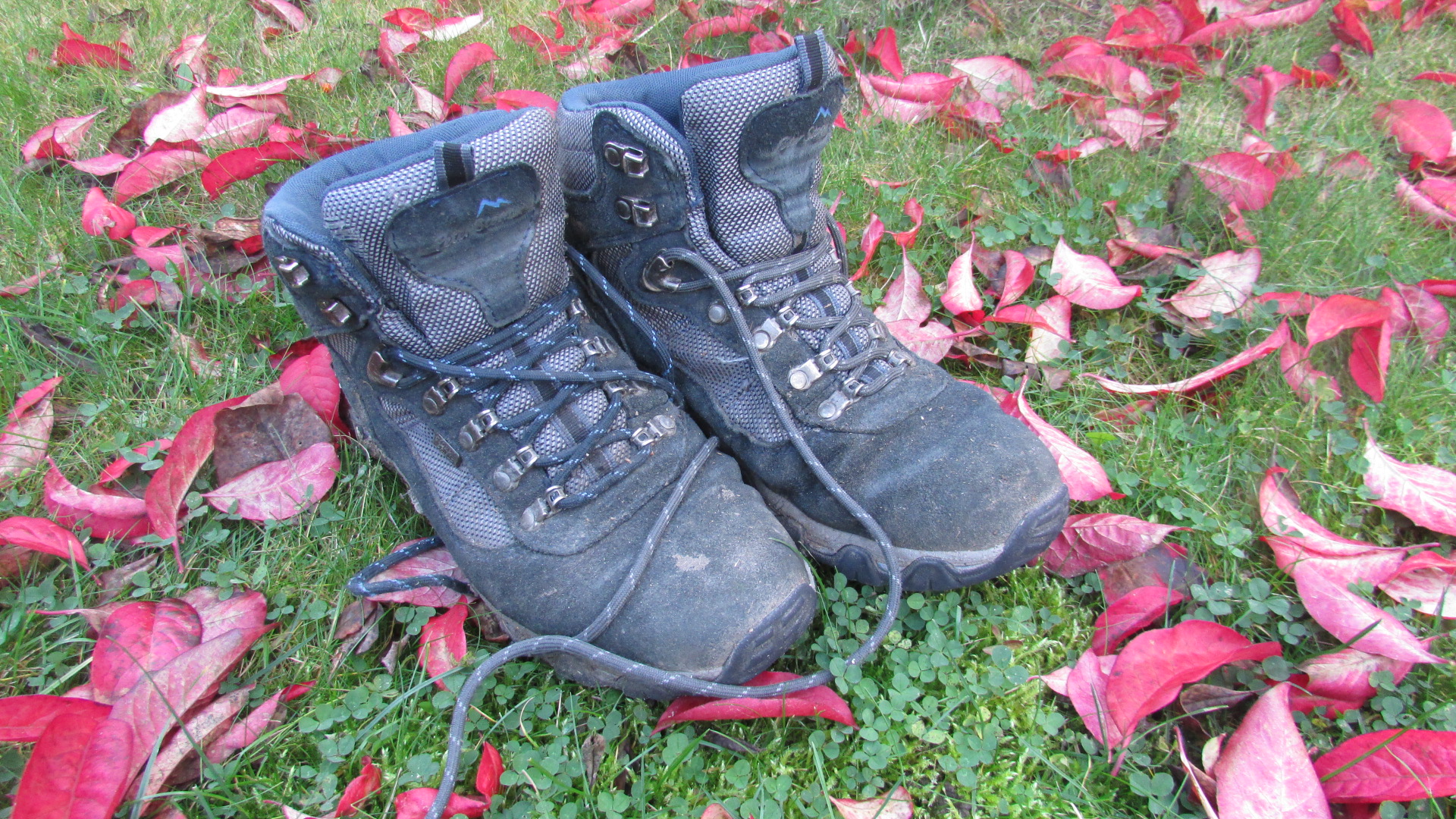
When I first left the teaching profession, and during the Covid pandemic, I took
to walking every single day whatever the weather. I very quickly realised that
being outside for 40 minutes or so, sometimes longer, breathing fresh air and
taking notice of my surroundings was having huge benefits on both my physical
and mental health. But for some people, going outside for a short walk is not
an easy option and there are barriers to overcome for which they may need some help.
Recycle your coffee pods with the PODBACK coffee pod recycling service
www.podback.org
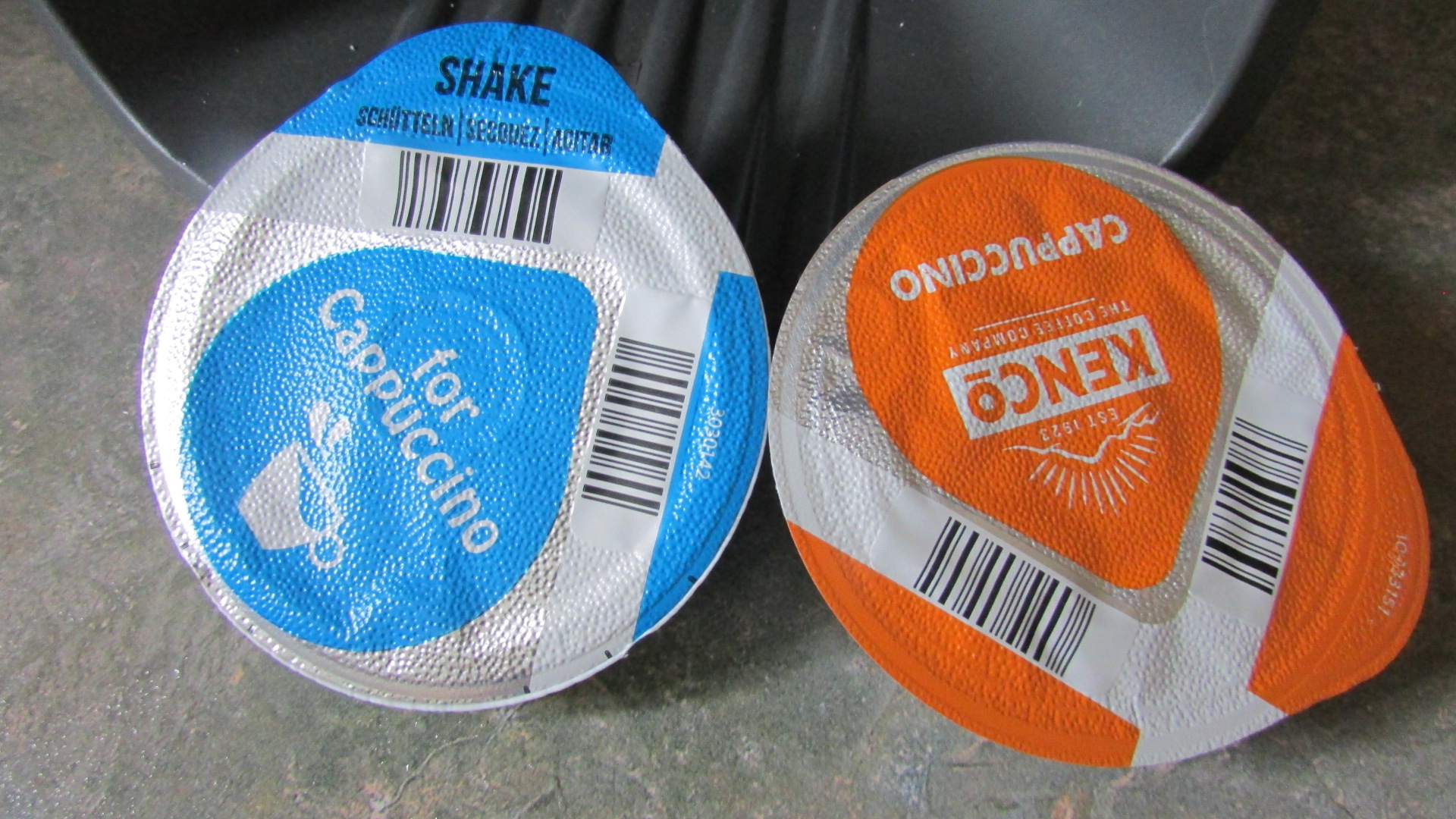
Do you own a coffee machine? We’ve had one for years that my
husband uses and all this time, the used coffee and milk pods are thrown in the
bin once finished with. It has always seemed such a dreadful waste but I’ve never known
what else to do with them, apart from emptying out the coffee grains to put in
my flower beds ... until now. Here in
North Yorkshire, the County Council has combined with the PODBACK coffee pod
recycling scheme and installed collecting points at many of their household
waste recycling centres.
Sort out your old textiles and make use of the
Dunelm take back scheme
www.dunelm.com/info/about/take-back-scheme
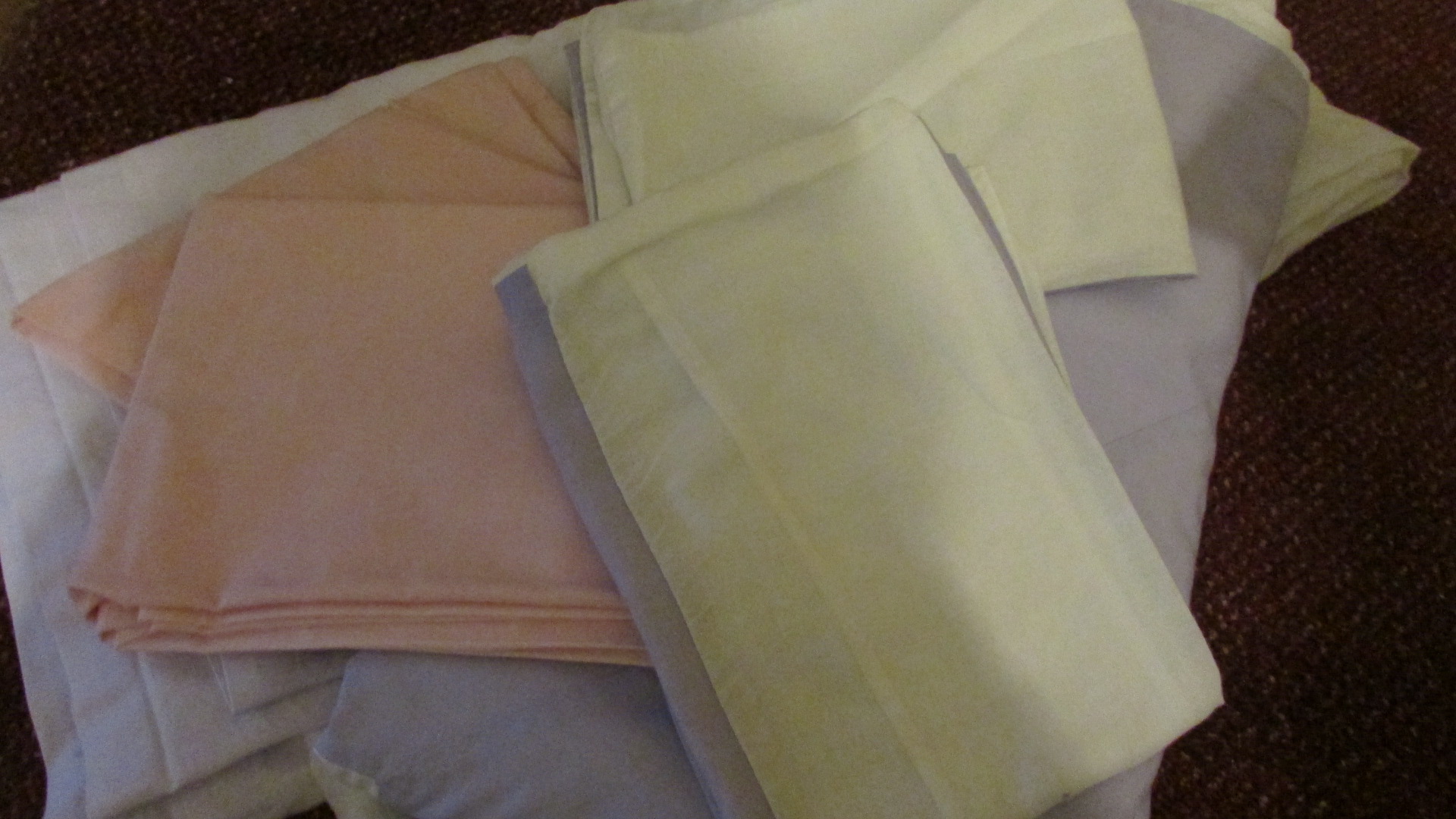
Are you like me? When you are clearing out your airing
cupboard do you come across odd sheets, pillowcases and various other textile
items that you no longer need or want? Have you got tablecloths and curtains
that no longer fit your colour scheme? Or kids bedding sets that they have long
since outgrown? These often end up in
charity bags or in my case, reused for various other activities, but I’ve just
found information for a very useful take back scheme hosted by Dunelm Mill. The
website is definitely worth a look.
Recycle your old plant pots and seed trays with B&Q
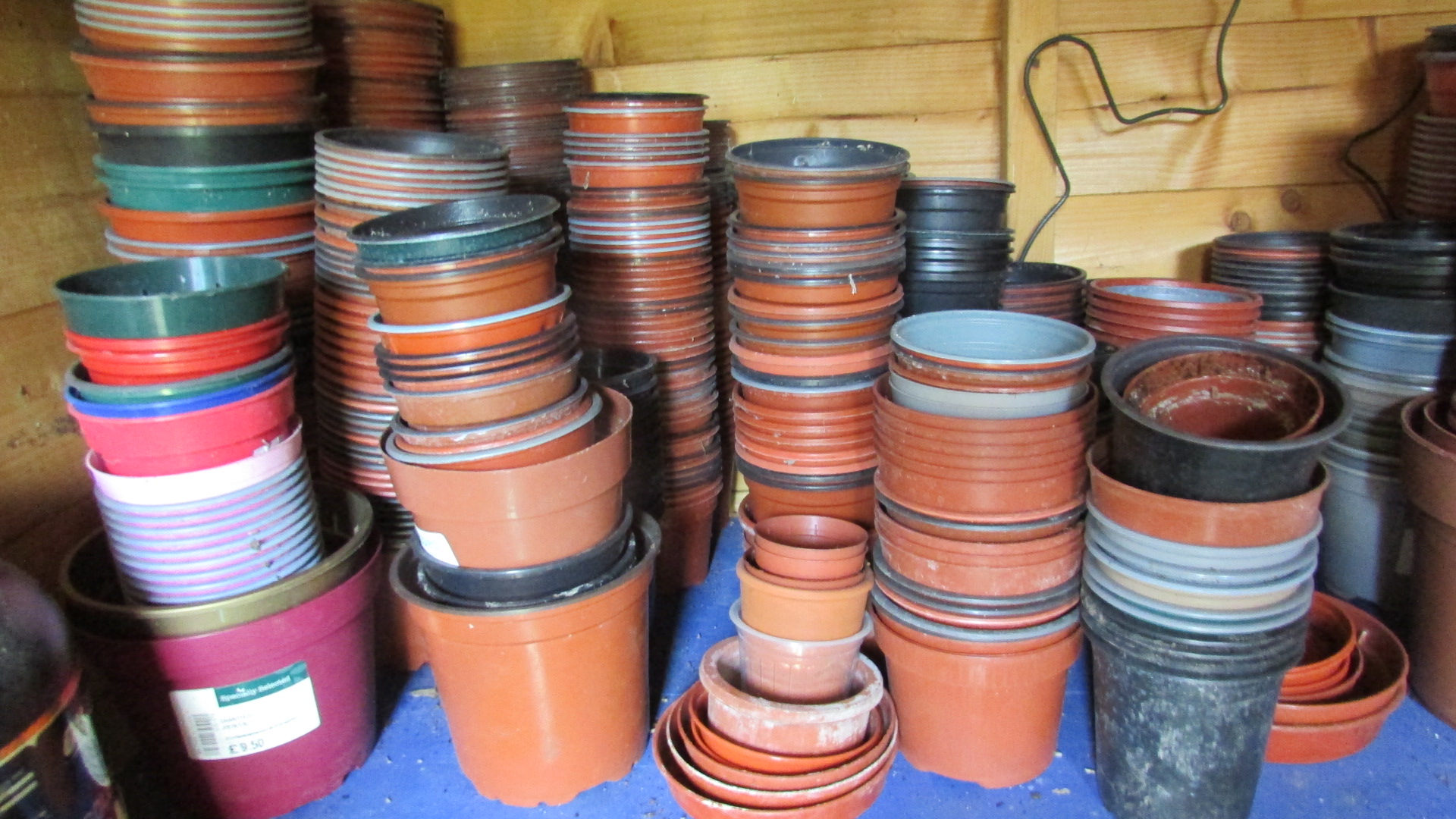
I finally got round to clearing my garden shed the other
week and was shocked to find just how many plastic plant pots I owned! They were scattered all over the place and
took quite some time to sort out to see exactly how many I had of each shape
and size, but after doing that it was quite obvious that I had far too many!
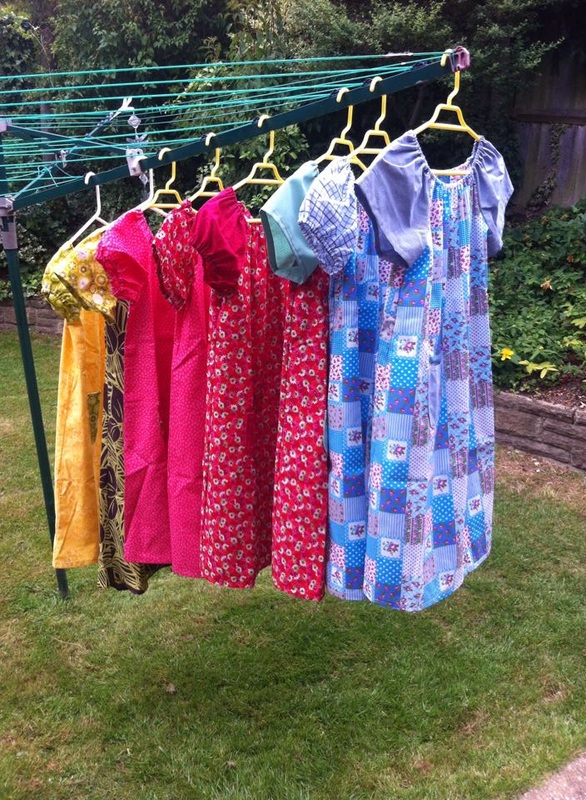
Dress a girl around the world
www.dressagirlaroundthe world.co.uk
Calling all seamstresses .. or those with even a minimum amount of sewing expertise. This fabulous charity aims to provide a new dress for every little girl in need. Maybe you can help.
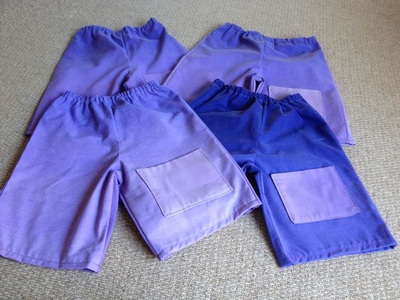
.Help support a virtual friend to many by donating and enjoy their support yourself - free
The Virtual Village Hall
Royal Voluntary Service

The Virtual Village Hall is a free, online activity hub and
community that was launched in 2020 by the Royal Voluntary Service, when the
onset of Covid – 19 caused all community centres and village halls to be closed
during lockdown. Over 352 RVS volunteer run community-based groups also had to
shut as the world was plunged into chaos and the unknown. It was a desperately
lonely time for many who were cut off from friends and families and had no
physical support available to them.
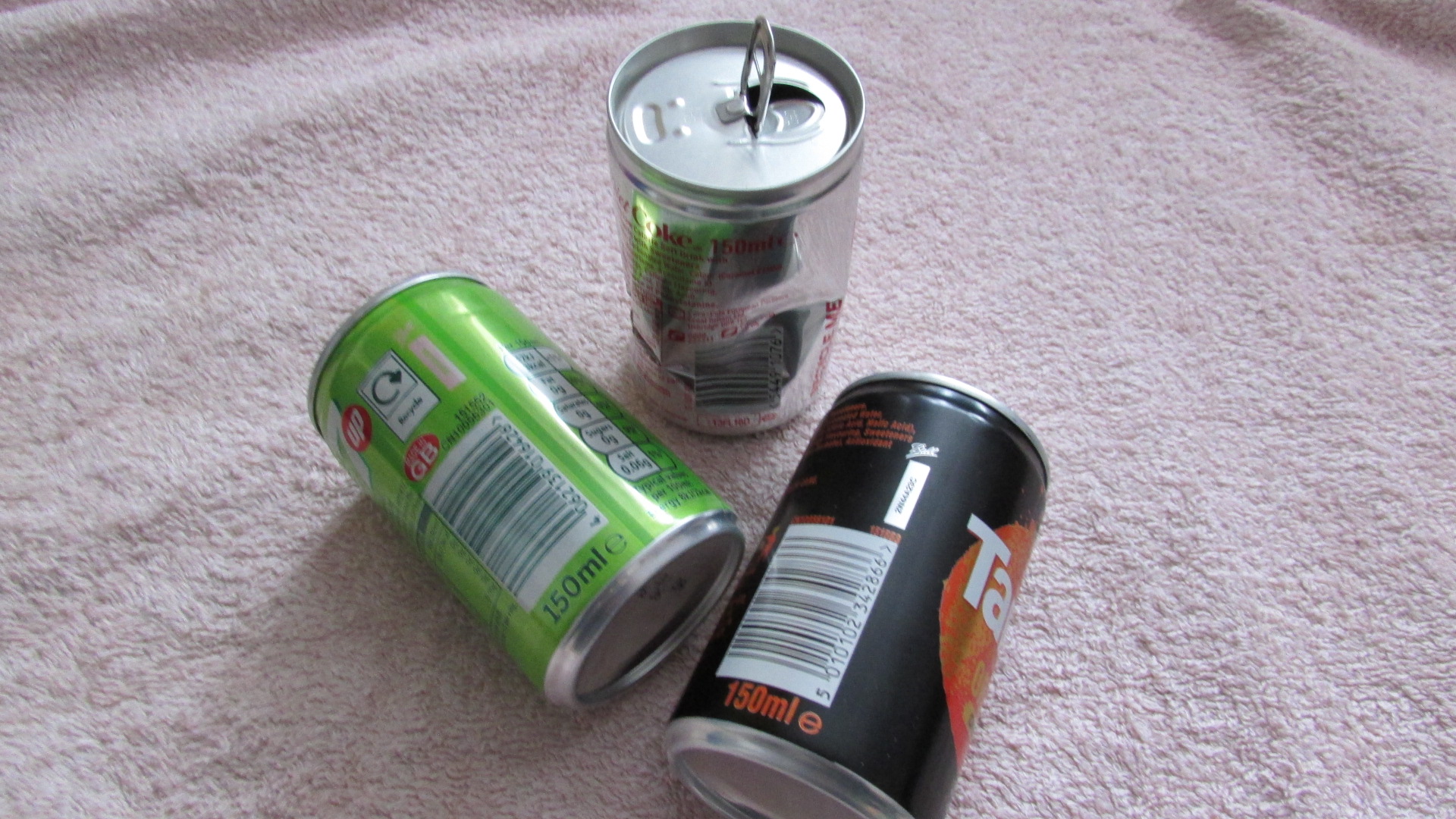
Recycle aluminium cans for the RSPCA or a charity of your choice.
www.rspca-yorkhome.org.uk
RSPCA York Animals Home
Landing Lane
York
YO26 4RH
Email: reception@rspca-yorkhome.org.uk
www.thinkcans.net/how-recycle/charity
Donate your old workwear/smart clothes to someone in need and help them to find work and change their lives.
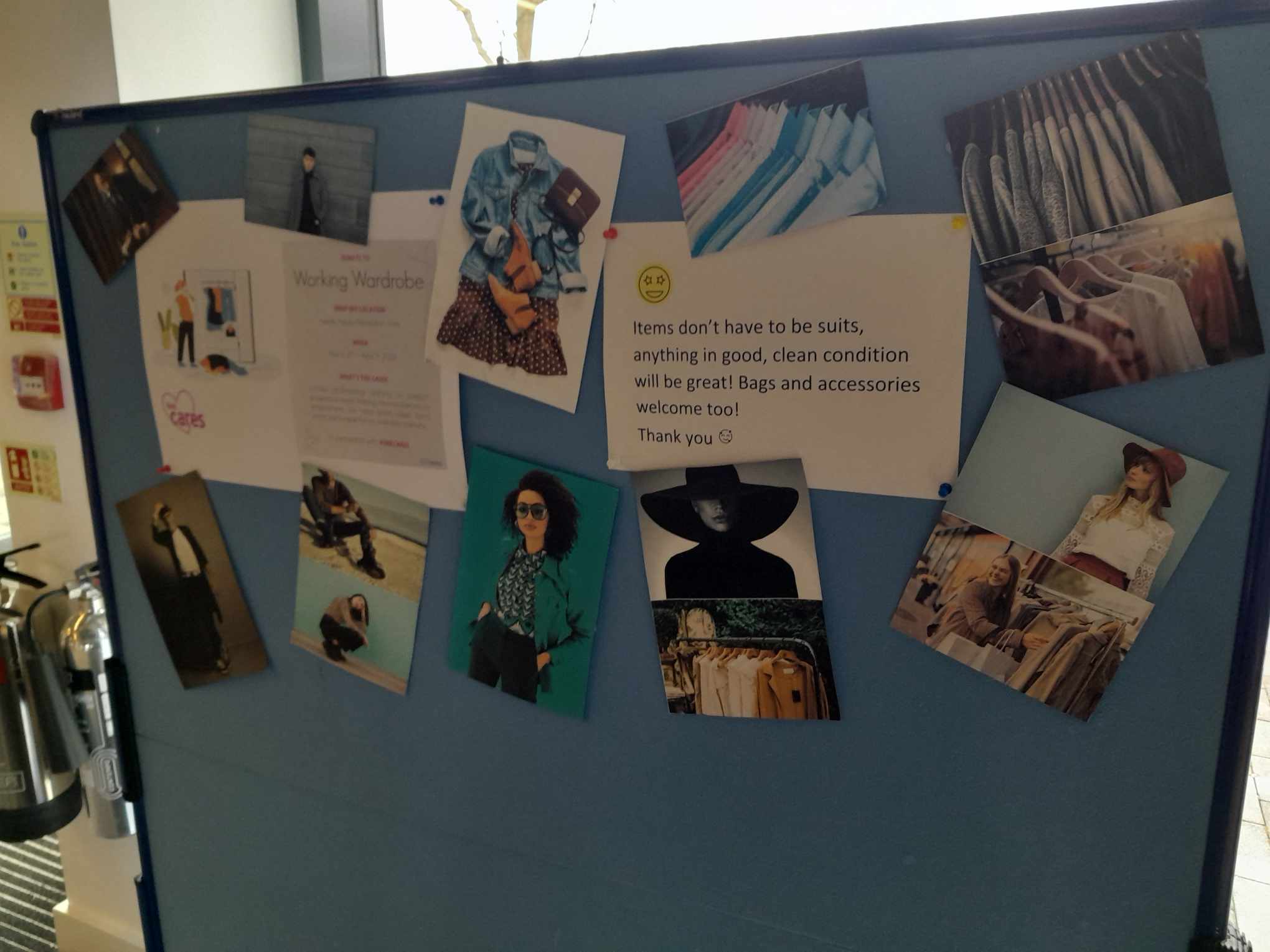
www.suitedforsuccess.co.uk
www.smartworks.org.uk
www.dressforsuccessgl.org
www.gmworkingwardrobe.co.uk
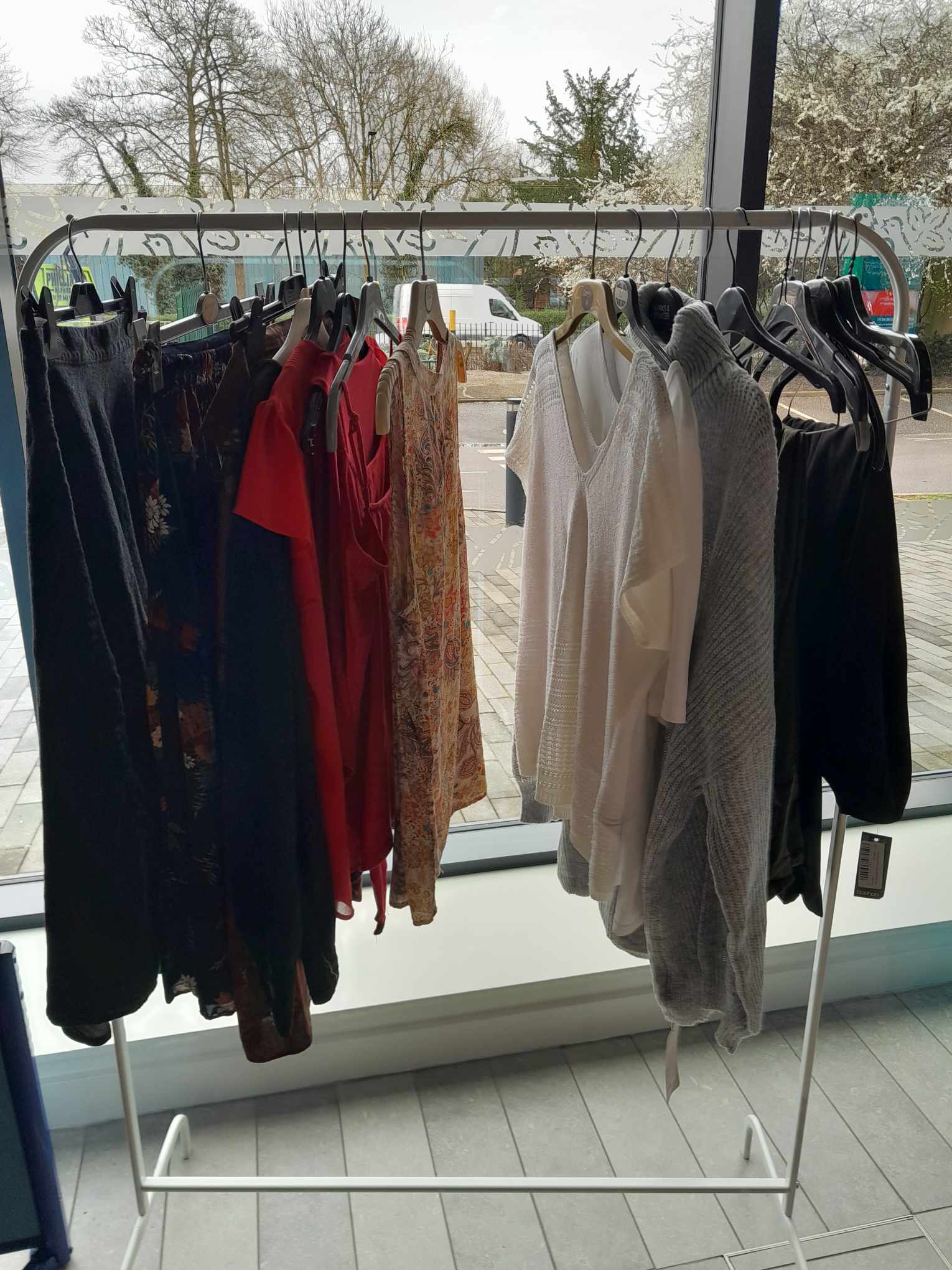
Check your cupboards, drawers and jewellery boxes and donate your old, unwanted and broken jewellery to raise money for your favourite charity.
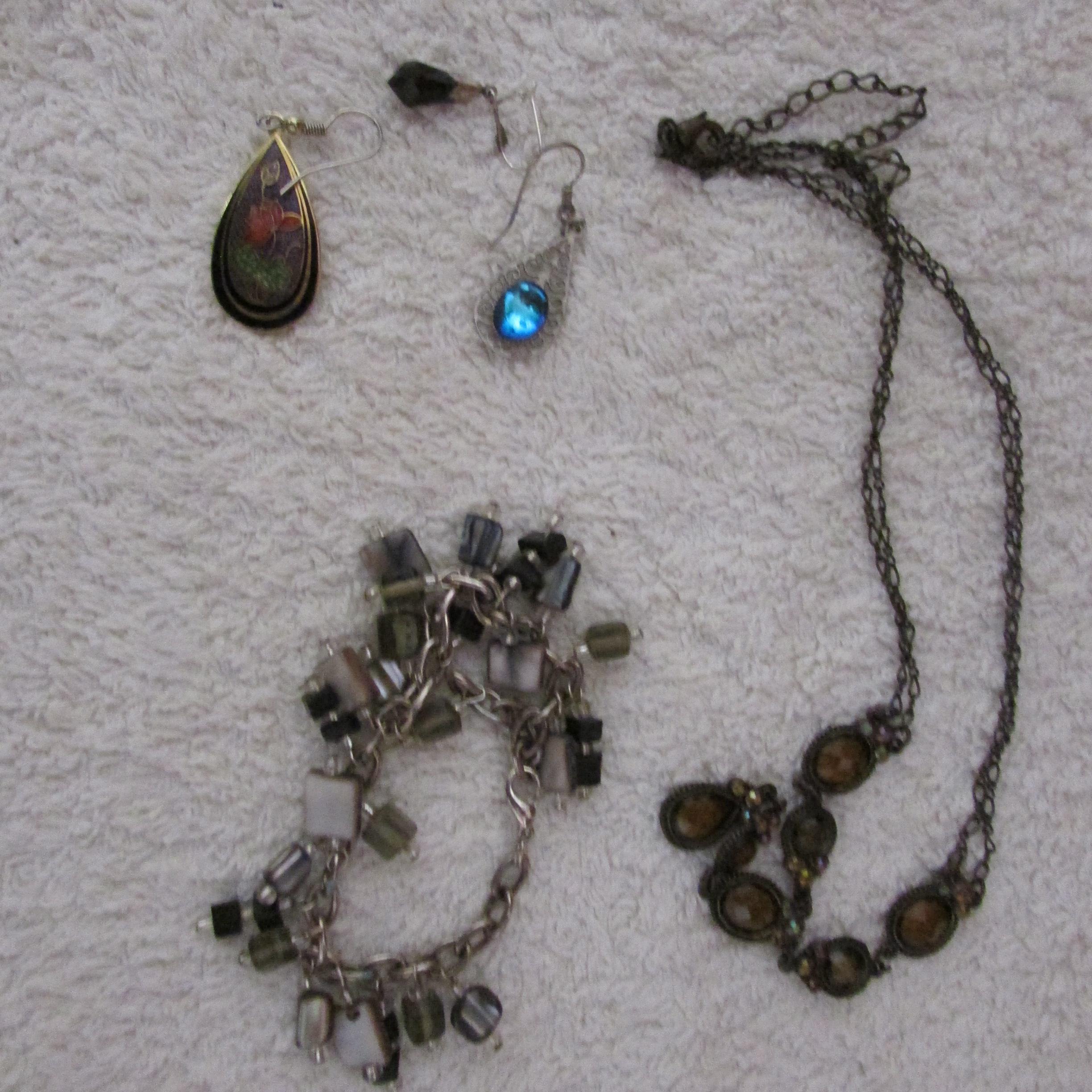
Donate your unwanted toiletries and household cleaning products to:
The Hygiene Bank
